|
|
|
|
Products mentioned in this Article
|
|
|
|
|
|
|
|
|
 |
|
|
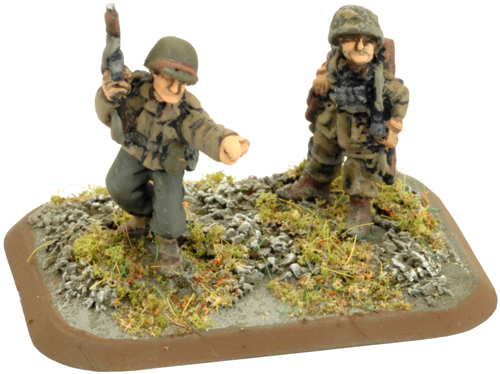 |
OSS Operational Group (US802)
with one Operational Group & two Operational Group Platoons.
The Office of Strategic Services (OSS) was established on 13 June 1942 through the efforts of Colonel William J. Donovan. Using the British Special Operations Executive (SOE) as his template, Donovan set up the OSS for both intelligence gathering and conducting strategic operations, such as sabotage, raids and other similar missions.
Check out the OSS Operational Group in the online store here...
|
The OSS followed the US 7th Army into North Africa during Operation Torch. Agents were smuggled into the Vichy French colonies of Morocco and Algeria ahead of the invasion and made contact with the local French resistance leaders. The OSS helped coordinate partisan uprisings in the major seaside cities and although these uprisings were ultimately crushed, the lessons learned helped with future operations.
Learn more about building an OSS Operational Group Company here...
Right & above left: The OSS Operational Group Company Command team.
Designed by Evan Allen
Painted by Mark Hazell
|
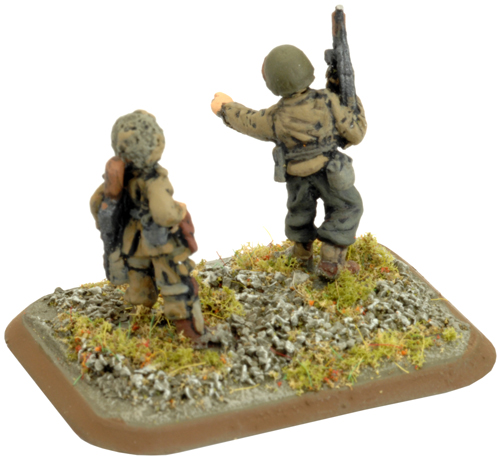 |
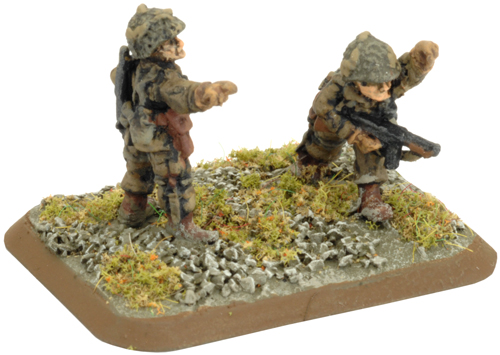 |
Sicily
The OSS was asked not to spearhead Operation Husky, the Allied invasion of Sicily, for fear that it would alert the enemy to their plans. However, this did not prevent the OSS doing some work behind the scenes. Perhaps the most famous of these OSS operations was the case of Lucky Luciano.
Read the Burning Empires Design Notes here...
Left & below right: The OSS Operational Group 2iC Command team. |
Charlie “Lucky” Luciano was born in Sicily in 1897 and immigrated with
his family to the US in 1907. He is credited as being the father of
modern organised crime in the US, dividing the New York Mafia into five
major families. In 1936 Luciano was convicted and imprisoned for running
a large prostitution ring. Luciano was sentenced to 30-50 years in the
New York Clinton Correctional Facility, but that didn’t stop him from
running the family business and keeping up with his connections on the
outside.
Learn how to paint US Infantry with Evan here...
Learn how to paint US Paratroopers with Evan here...
|
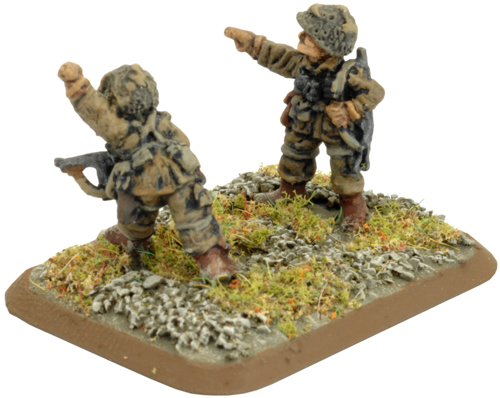
|
The OSS Operational Group HQ
|
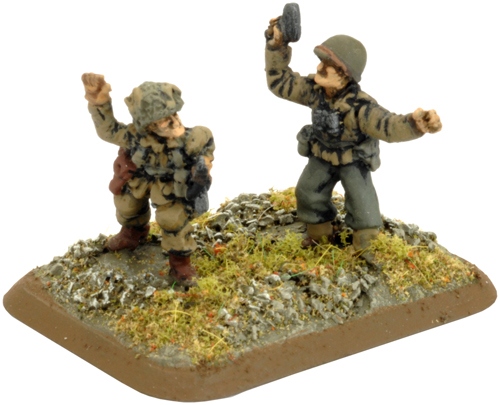 |
One such connection was the Office of Strategic Services. Referred to as a pact with “Murder Incorporated”, OSS
agents contacted Luciano and offered him a deal. Using his contacts with the Mafia in Sicily, Luciano organised
political ‘hits’ on local fascist leaders and commandants, collected
intelligence and even made sure that the Allies had Mafia meeting
parties on the invasion beaches. Luciano was allowed to run his business
unobstructed from his jail cell until 1946 when he was granted
deportation to Italy for his ‘help’ during the war.
Left & below right: The OSS Operational Group Command Rifle team.
|
Operational Groups
Up to mid-1943 OSS operations were very small, usually only two to four man teams. However, the organization had been recruiting and training Operational Groups, also known as OGs. These units were small teams of men that were patterned on the LRDG and SAS.
The teams ranged in strength depending on their mission, but on paper an OG’s strength was 34 men. Like the Brandenburgers, the OSS volunteers were drawn from ethnic groups. For example, many men were from the Italian
neighbourhoods of places like New York and Chicago. Many were first or second generation Americans who knew their parent’s home language fluently.
|
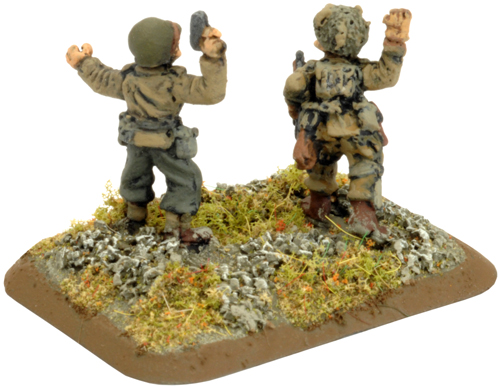 |
The First OSS Operational Group Platoon
|
Volunteers came from all sorts of sources, but primarily from the US
Marines and the airborne divisions. These recruits came with all sorts
of expertise and advanced training. However, unlike their British
counterparts, the OSS had difficulty getting its troops to the front
lines, the US Army having priority on oceanic shipping, and so the
Operational Groups would have to adapt.
Listen to Part One of the Radio Free Battlefront podcast on Burning Empires here..
|
The Operational Group Rifle Teams
|
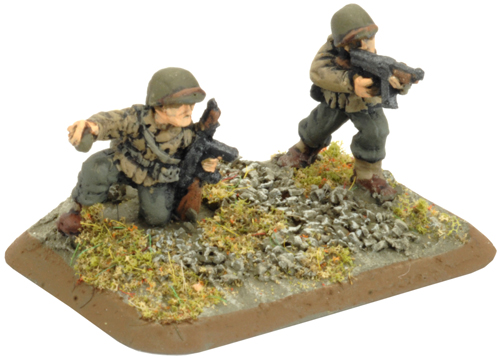 |
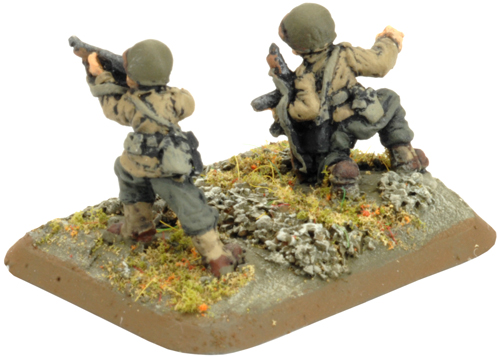 |
First Operations
Following the invasion of Sicily, the OSS was instrumental in organising the secret surrender of the Italian government to the Allies. Part of that process involved releasing the hundreds of political prisoners held on the small islands of the western Mediterranean Sea around Corsica and Sardinia. Donovan was eager to get his Operational Groups into action and volunteered to spring the prisoners from their jails, freeing up the Army to get on with Operation Avalanche, the invasion of Italy itself.
Listen to Part Two of the Radio Free Battlefront podcast on Burning Empires here...
|
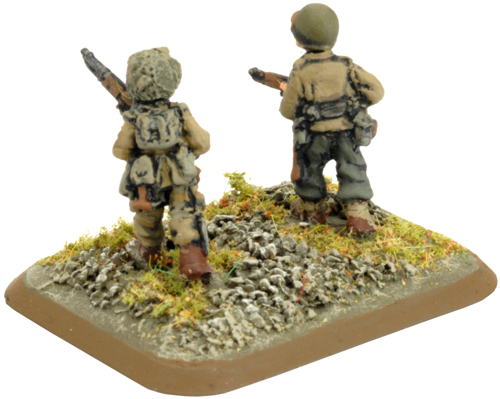 |
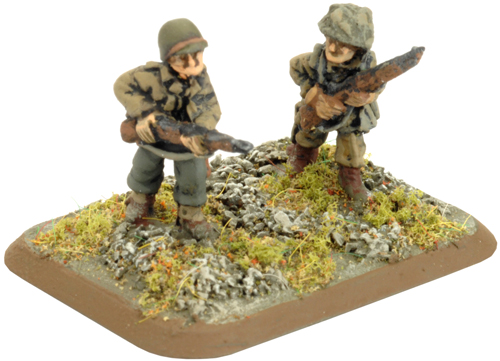 |
| Several OGs were dispatched on patrol boats, successfully rescued the
political prisoners, and returned to the OSS base in Sicily. There the
OSS debriefed the prisoners, many of whom were French, Yugoslavians, and
Italians who were sympathetic to the Allies. They were all anxious to
get back to their homelands to resume the fight against the Axis, but
they understood that they would have to wait. |
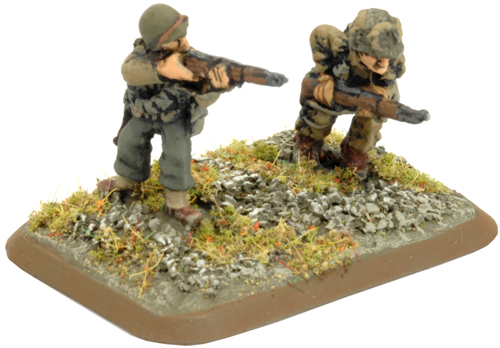
|
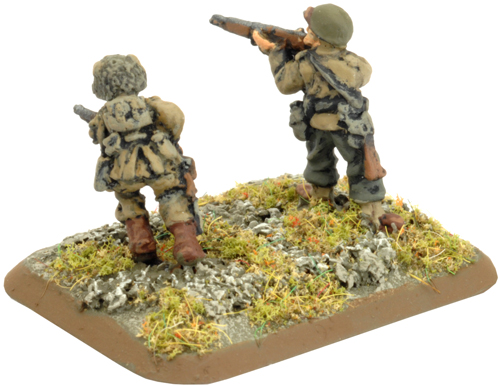 |
The OSS came up with a plan to use the former prisoners to bulk out their numbers. The OSS called for volunteers from among the prisoners and organised those that stepped forward into groups based on their nation of origin. The men of the Operational Groups then taught the civilians how to use weapons and gave them rudimentary combat training.
Sardinia
One of the first major operations conducted by the Operational Groups
was in Sardinia, where a small OG parachuted into the island and
negotiated the surrender of the island’s garrison. The Italians complied
and helped the OG expel the remaining Germans from the island.
|
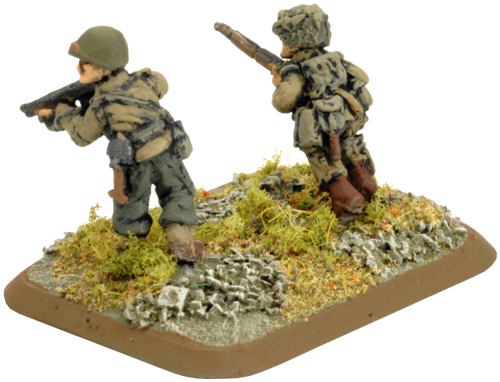 |
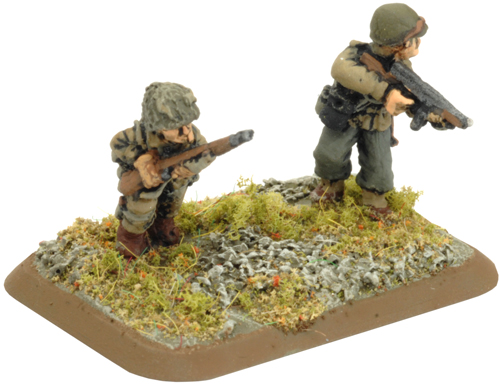 |
Corsica
Shortly after Sardinia, the OSS targeted Corsica. They infiltrated an OG
and some French resistance fighters into the island and helped stir up a
general uprising against the 90. Panzergrenadierdivision, which
garrisoned the island. The resistance was soon joined by the Free French
1er Corps d’Armée (First Army Corps), which arrived on the western
coast of the island in September 1943. |
The OSS operated in the Maquis, thick scrub and low lying vegetation which would lend its name to the French resistance movement. The OG supplied the resistance fighters with submachine-guns, bazookas, and even anti-tank guns. The uprising in Corsica played a critical role in the campaign, harassing the Germans as they tried to evacuate. Although they escaped to the Italian mainland, the Germans were exhausted and the division had to be rested before being sent to Anzio the following year.
|
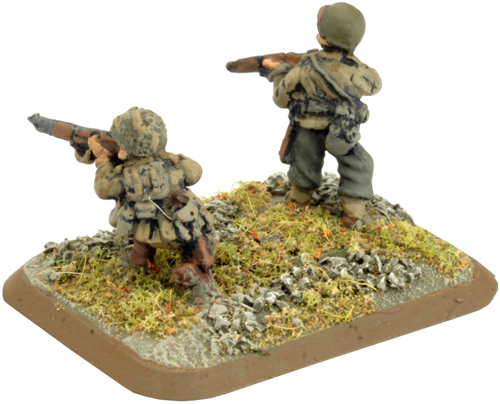 |
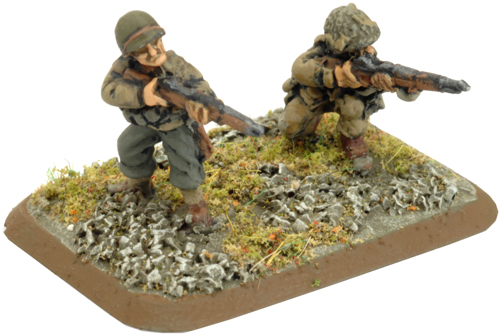 |
Corsica set the template for further OSS operations. OGs were sent to Yugoslavia to coordinate with Tito’s partisans as well as into France on the eve of Operation Overlord, the invasion of Normandy. Like the SAS, the OSS sent teams into southern France to cause general havoc and disarray behind enemy lines. These operations were so successful that the Germans were forced to abandon southern France all together in the face of the Allied armies.
OSS Legacy
After the war the OSS was deactivated, though many of its operatives joined the organisation’s successor, the Central Intelligence Agency (CIA). Many modern American special forces owe a lot to the foundations that the OSS laid down.
|
The Second OSS Operational Group Platoon
|
Last Updated On Friday, November 11, 2011 by Blake at Battlefront
|
|
|